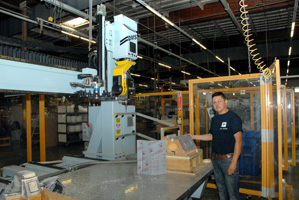12 Jul What Do We Mean By “Male” and “Female” Tools?
 In the plastics trade, we often talk about manufacturing “male” and “female” tools. What exactly does this mean?
In the plastics trade, we often talk about manufacturing “male” and “female” tools. What exactly does this mean?
No, we’re not talking about creating specific tools for men and different tools for women. Rather, when we look at connectors and fasteners, we see that there are two components that fit together. Needing a way to distinguish one connector from the other, someone long ago decided that easiest way to remember the difference was to use gendered words. For obvious reasons, the part with protrusions that fits into the other part is the “male” tool, while the other is the “female” tool.
Yes, this dynamic is relatively crude and there are endless bawdy jokes that could (and have) been made. Somehow, though, these terms have stuck and are common industry parlance. Therefore, regardless of their origins, knowing what “male” and “female” tools means and how to tell one type of part from the other is important, especially if your product incorporates connectors and fasteners.
